2016 MXA 250 FOUR-STROKE SHOOTOUT: POWER RANGERS VERSUS ARISTOTLE
Why are you reading MXA’s “2016 250 Four-Stroke Shootout”? Are you looking for guidance before you make a major purchase? Given that you will have to live with your new bike for a few years and your racing performance depends on it, we bet you want to learn as much as you can before you plunk down the cash. Or, are you a looky-loo who has already taken the big step into 2016 new-bike ownership? Looky-loos just want to see the shootout results to confirm that the bike they already own is as good as they think it is. Or, are you a scoffer? A scoffer is the kind of guy who loves to read bad things about the brands that he has no intention of buying. He looks at a shootout the same way gawkers stare at a train wreck.
The six machines in contention for the “2016 MXA 250 Shootout” are the Honda CRF250, Husqvarna FC250, Kawasaki KX250F, KTM 250SXF, Suzuki RM-Z250 and Yamaha YZ250F. One of these six bikes is going to win—that we can promise you. But, before you blindly rush out to buy the winner, we suggest that you look closely at yourself, your riding style and your real needs. The MXA wrecking crew didn’t do this shootout in one day (and you’d be surprised to find out how many are). We spent months, not just riding, but racing every one of these machines. We weighed them, dyno’ed them, crashed them and lived with them for six months. What follows are the results.
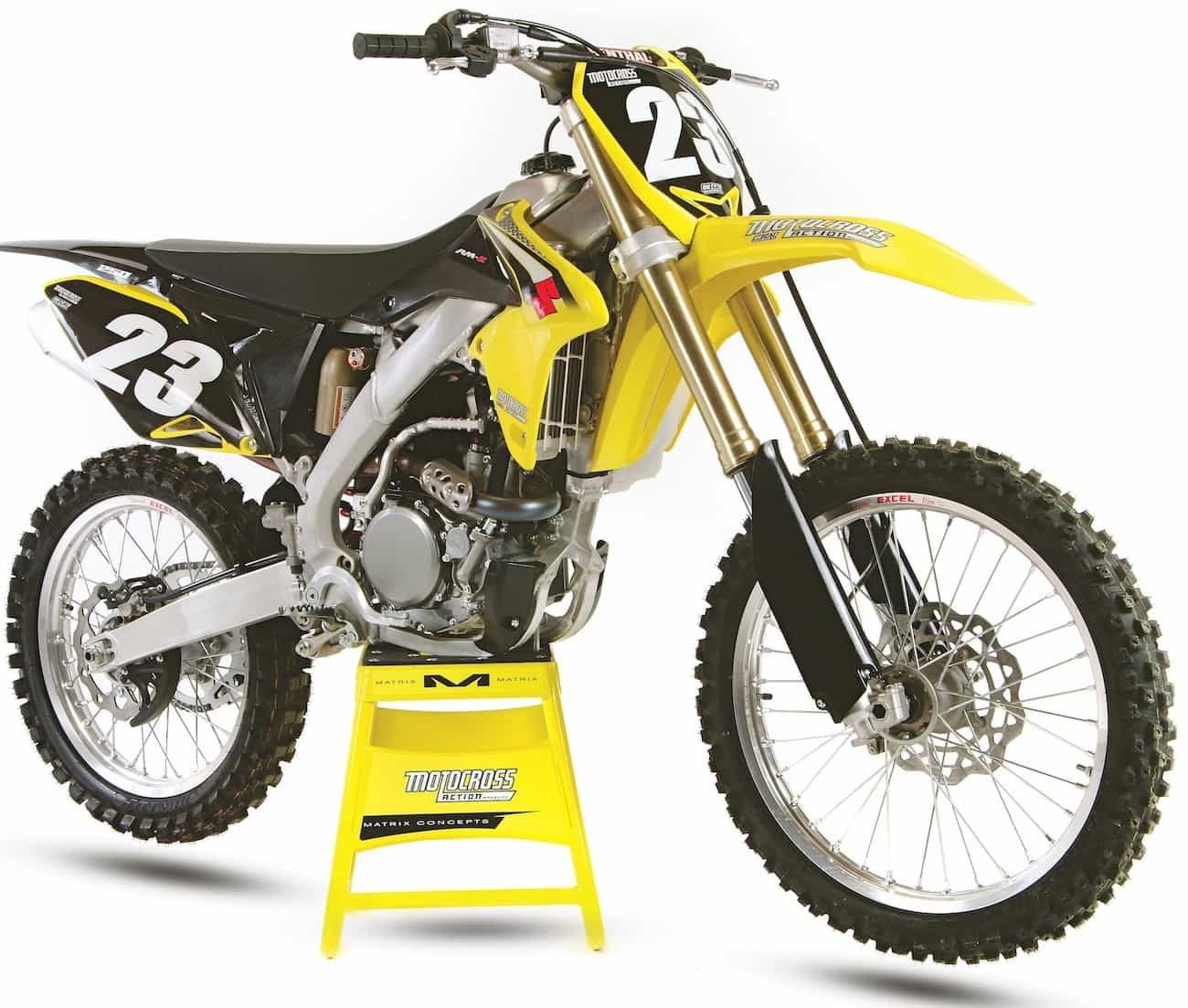
WHY SHOULD THE RM-Z250 WIN THE SHOOTOUT?
The 2016 RM-Z250 is a very fun bike to ride. It corners so well that MXA test riders are willing to overlook the engine’s failings just to dive inside of every rider on the track. It is quick, agile and free-feeling. It can hit any line in any turn.
WHY SHOULD THE RM-Z250 LOSE THE SHOOTOUT?
Five short years ago the 2011 Suzuki RM-Z250 won the MXA 250 shootout, but while the other brands have taken giant steps forward since then, the RM-Z250 has been stuck in a time warp. More confusingly, Suzuki’s engineers made 80 changes to the engine between the 2015 and 2016 model years to almost no effect. Forget about the weak clutch, mediocre brakes and archaic look, the RM-Z250 has the least horsepower on the track. It is noticeably slower than the green, red, orange, white and blue bikes.
HOW MUCH HORSEPOWER DOES THE RM-Z250 MAKE?
38.35 horsepower at 12,000 rpm—the least horsepower of any bike in this shootout. It makes 19.36 foot-pounds of torque—the least torque of any bike in this shootout.

WHAT DOES THE RM-Z250 WEIGH?
226 pounds. The RM-Z250 is not the heaviest 250 four-stroke in 2016, but it is tied for the heaviest with the 2016 Kawasaki KX250F (they are both 5 pounds heavier than the YZ250F and KTM 250SXF).
HOW DOES THE RM-Z250 RATE IN THE MAJOR CATEGORIES?
Power output: What’s good about the 2016 RM-Z250 powerband? It picks up nicely off the bottom and has pep into the midrange. What’s bad about the 2016 RM-Z250 powerband? It is the only bike that we had to downshift to keep drive going on steep uphills.
Suspension: Suzuki’s version of PSF-2 forks differs from Honda’s in that the high- and low-speed rebound damping clickers are on the top of both fork caps, while the compression damping is on the bottom. Honda has its high- and low-speed compression clickers on one fork cap and its high- and low-speed rebound clickers on the other cap. These forks are much better than the CRF450 versions.
Handling: There’s no bike in the 250 class that can hit corners with more precision than the RM-Z250. It’s confidence-inspiring in the turns but fear-inducing down long, fast, rough straights.
Brakes: Antiquated. The RM-Z250 has the smallest front rotor and weakest brakes on the showroom floor. To add insult to injury, we had overheating issues with the rear brake.
Clutch: Suzuki’s engineers favor how the clutch feels on the showroom floor over how it works on the track.
WHAT ONE THING WOULD WE CHANGE ON THE RM-Z250?
The one thing this bike needs, apart from a total remake, is a healthy dose of horsepower. As amazing as it may seem, 80 R&D modifications on the 2016 RM-Z250 were not enough. To our way of thinking, it needed at least 81.
THE FINAL WORD?
Disappointing. We know that Suzuki can build a better bike than this—and we are waiting for it.
READ THE FULL 2016 RM-Z250 TEST BY CLICKING HERE
WHY SHOULD THE CRF250 WIN THE SHOOTOUT?
The CRF250 should win because it is a really good bike suffering from benign neglect, budget constraints and a flawed design philosophy. Every MXA test rider wants to love the CRF250 because of how cool it feels on the track. If there weren’t lots of faster bikes around to point out its deficiencies, this would be the “2016 MXA 250 Shootout” winner.
WHY SHOULD THE CRF250 LOSE THE SHOOTOUT?
Horsepower is not the be-all, end-all of a shootout, proven by the fact that the two most powerful bikes in this shootout didn’t win. Conversely, failing to make competitive horsepower is a deal-breaker. One horsepower here or there is no big deal, but finding 5 horsepower doesn’t come cheap.
HOW MUCH HORSEPOWER DOES THE CRF250 MAKE?
38.89 horsepower at 11,700 rpm. This is fifth out of six on the horsepower charts. It makes 19.86 foot-pounds of torque.
WHAT DOES THE CRF250 WEIGH?
224 pounds. Guess what? If Honda’s engineers drop-kicked the stupid twin pipes, they would tie with the YZ250F and KTM 250SXF at 221 pounds.
HOW DOES THE CRF250 RATE IN THE MAJOR CATEGORIES?
Power output: The major difference between the 2016 Honda CRF250 and 2015 CRF250 is in the top-end power. For 2016, Honda installed a new piston, valves, rod, buckets and compression ratio. And while the CRF250 still gives up a fair bit of power to the Husky and KTM, the Honda engineers managed to gain top-end power and over-rev without giving the impressive low-to-mid power back.
Suspension: The only major quibble about the Showa SFF-TAC air forks is that the average rider will not fully understand the intricacies of setting and checking multiple air pressures before every ride. They do deliver decent performance—once you find the right balance of the three air pressures.
Handling: The 2016 CRF250 feels light and right. It can turn with RM-Z250 precision, respond creatively to changing track conditions and feels like a feather in the air; however, if you get the balance wrong, traction isn’t good, the speeds are high or the track is rough, the CRF250 exhibits a lot of twitching and head-shaking
Brakes: The big front rotor helps the CRF250 immensely. It’s a little grabby but light years better than the previous small front rotor.
Clutch: We’d rate all of the Japanese cable clutches way behind the hydraulic units on the KTM and Husky. Of all the cable clutches, the Honda ranks third (which would be fifth overall).
WHAT ONE THING WOULD WE CHANGE ON THE CRF250?
Before we could change anything on the 2016 Honda CRF250, we’d have to change the “slow is better” philosophy of Honda’s R&D department. We know Honda can make faster motorcycles than this, but we don’t understand why they won’t. This bike is slow and it will cost you thousands of dollars to make it as fast as the KTM or Husky—if that’s even possible.
THE FINAL WORD?
Novice. The 2016 Honda CRF250 works best in the hands of Beginners and Novices. Faster riders will need a big bankroll to make up the horsepower deficit the Honda starts with.
READ THE FULL 2016 CRF250 TEST BY CLICKING HERE
WHY SHOULD THE KX250F WIN THE SHOOTOUT?
Remember when Jack Palance held up one finger in City Slickers and revealed the secret of life to Billy Crystal? Well, the one-finger reason the 2016 Kawasaki KX250F should win “MXA’s 250 Shootout” is because of its incredible dual-fuel-injected engine design. It is the best powerband of 2016—and every year back to 2012 when dual fuel was introduced.
WHY SHOULD THE KX250F LOSE THE SHOOTOUT?
One of the realities of the Japanese manufacturer’s four-year development cycle is that the R&D programs run out of steam in year four. With a new bike on the horizon, it is hard for the bean counters to justify spending money on making substantive changes to a design that won’t be around in 12 months. That decision doomed the 2016 KX250F. Since the 2016 KX250F is an unchanged fourth-year bike and it didn’t win the “2015 MXA 250 Shootout” in its third year of production, it couldn’t win this year.
HOW MUCH HORSEPOWER DOES THE KX250F MAKE?
39.88 horsepower at 12,700 rpm—third in the 2016 horsepower ratings (first Japanese bike). It makes 20.05 foot-pounds of torque—third behind the Husky and KTM.
WHAT DOES THE KX250F WEIGH?
226 pounds, which is exactly what the 2015 KX250F weighed, because the 2016 KX250F is an exact clone of the 2015 model (with a green rear fender).
HOW DOES THE KX250F RATE IN THE MAJOR CATEGORIES?
Power output: This engine rocks. Every MXA test rider has an unhealthy infatuation with the way the KX250F runs. The power is right where you need it with a solid blast that doesn’t hesitate. It has the most hit and a very long pull. A two-minute ride on a KX250F will leave you in love with the KX250F powerband. Yes, the engine design may be getting long in the tooth, but it still has plenty of bite left.
Suspension: Yamaha may have hit pay dirt with its decade-old Kayaba SSS coil-spring forks, but Kawasaki’s 48mm, single-spring Showa SFF forks haven’t fared as well over their six-year run. The silver lining is that the aftermarket tuners have six years of experience with getting these forks right—for a price.
Handling: Over the last 10 years the Kawasaki KX250F has won the MXA 250 shootout six times. It is safe to say that not a single one of those victories was because of the KX250F’s stodgy, upright, old-school handling.
Brakes: The 270mm front rotor was a great addition to the KX250F package last year; however, you should bleed the brakes after break-in because they are spongey from the factory.
Clutch: Stiffer clutch springs are a must-have on a KX250F.
WHAT ONE THING WOULD WE CHANGE ON THE KX250F?
Given our druthers, we’d keep the engine as is and slide it into a down-sized version of the new 2016 KX450F chassis.
THE FINAL WORD?
One-trick pony. We absolutely love the powerband, but not the suspension, handling, chain guide, grips, shifting, weight or clutch.
READ THE FULL 2016 KX250F TEST BY CLICKING HERE
WHY SHOULD THE FC250 WIN THE SHOOTOUT?
The 2016 Husqvarna FC250 is the horsepower king of 2016. It makes the most power of any 250 four-stroke in history. The FC250 makes 4.4 horsepower more than the KX250F, 5.0 more than the YZ250F, 5.5 more than the CRF250 and 6.0 more than the RM-Z250. Those are shootout-winning numbers. And, when you add in the KTM-borrowed brakes, handling, starter, clutch, hubs and air filter, you have a bike that is very special.
WHY SHOULD THE FC250 LOSE THE SHOOTOUT?
It shouldn’t win because its twin brother, the KTM 250SXF, didn’t win. Thanks to its restrictive plastic airbox, the FC250 has a muted throttle response and slower rev than its orange brother (even though thy have the same ECU mapping and mechanical parts). While it makes more horsepower than the KTM, it takes longer to get there. And, on an engine that requires you to get to 14,000 rpm to achieve peak power, the delayed reaction makes it feel quite different. The airbox also adds 2 pounds to the Husky’s weight compared to the KTM and Yamaha.
HOW MUCH HORSEPOWER DOES THE FC250 MAKE?
44.38 horsepower at 13,900 rpm—the most of any 250cc four-stroke production bike ever. It makes 20.74 foot-pounds of torque—the most of any bike in this shootout.
WHAT DOES THE FC250 WEIGH?
223 pounds. The plastic airbox, new plastic and beefier swingarm account for the 2-pound weight gain over the KTM.
HOW DOES THE FC250 RATE IN THE MAJOR CATEGORIES?
Power output: The FC250’s power is broad and ultra usable by skilled riders. Since it revs slower than the KTM, it feels more manageable.
Suspension: Although Husqvarna originally told us that its WP forks and shock have different valving from the KTM’s WP components, the truth is they are identical, thus the performance is identical. Just as with KTM, Husky’s target audience isn’t Pro riders or Supercross tracks.
Handling: Perhaps we need to call Detective Columbo to figure out why every MXA test rider prefers the feel of the Husky over the KTM, even though the geometry is the same. We love the handling of a well-balanced Husky or KTM, but it’s up to you to get it there. And we think that the KTM/Husky chassis is the best all-around handling frame on the track.
Brakes: Pucker up. Brembo has refined the interplay between the rotor, caliper and master cylinder to the nth degree.
Clutch: The self-adjusting hydraulic clutch is the best on the market. It feels different from a cable clutch but is easy to adapt to. We like the smoother modulation of the Magura master cylinder compared to the KTM’s Brembo unit.
WHAT ONE THING WOULD WE CHANGE ON THE FC250?
We would drop the molded plastic airbox concept on Husky’s motocross bikes; it’s best suited to enduro bikes, costs horsepower and adds weight.
THE FINAL WORD?
Conundrum. It’s a little heavier than the KTM and revs a little slower, but it makes the most horsepower and is easier to use. It’s a bike for talented riders with deep pockets.
READ THE FULL 2016 FC250 TEST BY CLICKING HERE
WHY SHOULD THE KTM 250SXF WIN THE SHOOTOUT?
It should win because it makes the best power of any 250 four-stroke ever made. It is only overshadowed on the horsepower charts by the Husqvarna FC250, which uses the identical KTM engine. The KTM 250SXF makes 4.44 horsepower more at peak than MXA’s 250 shootout-winning 2016 Yamaha YZ250F. Not only that, but it revs to 14,000 rpm, has electric starting, a hydraulic clutch, incredible brakes, sweet handling, billet hubs, premium Dunlop MX32 tires and an air filter that is so easy to change you might actually change it.
WHY SHOULD THE 250SXF LOSE THE SHOOTOUT?
You have to be incredibly talented to use the KTM’s top-end powerband to its fullest, unless you ride around in second gear all the time. This engine has “Pro” written all over it, which is the same as “Novices Beware.” But, the KTM 250SXF has a problem. While it has a Pro engine, it has Novice forks.
HOW MUCH HORSEPOWER DOES THE 250SXF MAKE?
43.79 horsepower at 13,900 rpm—the second highest of any 250cc production bike. It makes 20.20 foot-pounds of torque.
WHAT DOES THE 250SXF WEIGH?
221 pounds. It weighs the same as the Yamaha YZ250F but with an electric starter and battery (and for 2017 itwill be 3 pounds lighter).
HOW DOES THE 250SXF RATE IN THE MAJOR CATEGORIES?
Power output: Superb. This is go-for-broke power. It makes its peak horsepower at the bitter end of the curve, which means at 14,000 rpm. If you shift before 14 grand, you are leaving power on the table. The big plus of an engine that revs so high is that you don’t have to shift very often because it never stops pulling. If you are fast enough to live in the KTM’s high-rpm stratosphere, this is the fastest bike you will ever race. If you are slow, you will be even slower on the 250SXF.
Suspension: The forks are best suited to Novice-level riders, but the engine isn’t. The engine is tailored to Pros, but the suspension is aimed at newbies. And, in a nod to overall confusion, the rear shock’s spring rate is on the stiff side of the ledger for the size and weight of the typical 250F racer. It is, however, a good shock with the proper spring.
Handling: Balance is the key to getting the most out of what is a terrific chassis.
Brakes: Awesome. KTM’s Brembo brakes have embarrassed the Japanese brands into going to big rotors, but Puckergate still favors the KTM.
Clutch: League-leading. One of only two hydraulic clutches in this shootout. If you are a clutch abuser, the KTM will cure your ills.
WHAT ONE THING WOULD WE CHANGE ON THE KTM 250SXF?
We would send the forks out for a re-valve.
THE FINAL WORD?
Justification. It is easy to justify the $8399 when you realize how expensive it is to get a Honda, Yamaha, Suzuki or Kawasaki up to the rare air of 44 horses.
READ THE FULL 2016 250SX TEST BY CLICKING HERE
WHY SHOULD THE YZ250F WIN THE SHOOTOUT?
In congressional elections, the incumbent always has an advantage over any aspiring candidate. The same holds true for MXA shootout winners. Assuming the R&D department doesn’t ruin the bike for the next model year (as Honda did to the CRF450 from 2008 to 2009), a previous winner has a leg up. The 2015 Yamaha YZ250F won last year’s shootout because the MXA test riders loved its proven Kayaba SSS suspension, neutral handling, class-leading reliability and do-it-all engine. Guess what? For 2016 Yamaha increased engine durability, refined the suspension and fixed the weak brakes. The result? It wins again.
WHY SHOULD THE YZ250F LOSE THE SHOOTOUT?
In a class that is all about horsepower, the YZ250F engine only ranks fourth on the horsepower leader board, being beaten by the Husqvarna, KTM and Kawasaki in the power department.
HOW MUCH HORSEPOWER DOES THE YZ250F MAKE?
39.35 horsepower at 12,000 rpm. It makes 19.65 foot-pounds of torque.
WHAT DOES THE YZ250F WEIGH?
221 pounds. That’s light, but when the YZ250F came with a Keihin FCR carburetor, it weighed 218 pounds.
HOW DOES THE YZ250F RATE IN THE MAJOR CATEGORIES?
Power output: Interesting. When we saw how far down the dyno chart the YZ250F engine was, we were surprised. Why? Because the YZ250F engine was much better on the track than in the lab. It may be fourth in horsepower, but every MXA test rider ranked it second in usability (after the KX250F powerband).
Suspension: Magnificent. Forget air forks! Kayaba’s SSS units are works forks for the masses. No hassles. No air pumps. No fiddling. Set ’em and forget ’em.
Handling: The YZ250F doesn’t have the all-around handling capabilities of the KTM and Husky or the swivel-on-point quickness of the Honda and Suzuki, but even though the YZ250F doesn’t shine in any handling category, it also doesn’t suck wind in any category, either. The balance is slightly weighted to the rear, especially with the softer 54 N/m shock spring, but running a little less sag, sliding the fork legs down in the clamps and utilizing the high-speed compression adjuster to steady the pitch can make the YZ250F a very stable platform to work from.
Brakes: For 2016 the Yamaha YZ250F gets a 270mm front rotor. As expected, stronger brakes boost stopping power, but they also help settle the YZ250F chassis at turn-in, on off-cambers and in direction changes.
Clutch: True, it is a left-handed compliment, but the YZ250F has the best clutch of any Japanese-designed 250 four-stroke.
WHAT ONE THING WOULD WE CHANGE ON THE YZ250F?
If we could redesign the YZ250F, we would get rid of the Rube Goldberg-designed airbox. Reminiscent of heating and plumbing duct work, this nightmare of an airbox could have been done so much better with a lot less mass. The whole bike feels like it was swollen in a flood.
THE FINAL WORD?
Winner. Let’s just leave it to former Greek 250 National Champion Aristotle to put the icing on the cake of the 2016 Yamaha YZ250F: “The whole is greater than the sum of its parts.”
READ THE FULL 2016 YZ250F TEST BY CLICKING HERE
2016 MXA 250 FOUR-STROKE SHOOTOUT SPECS & DYNO
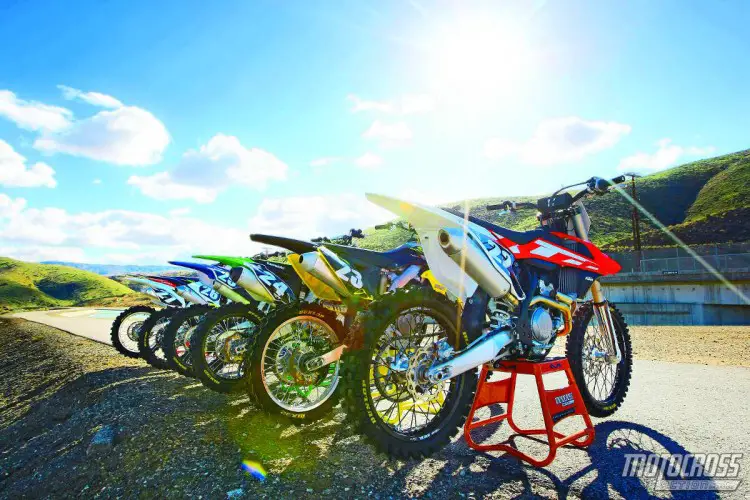
MXA 2016 250 SHOOTOUT VIDEO



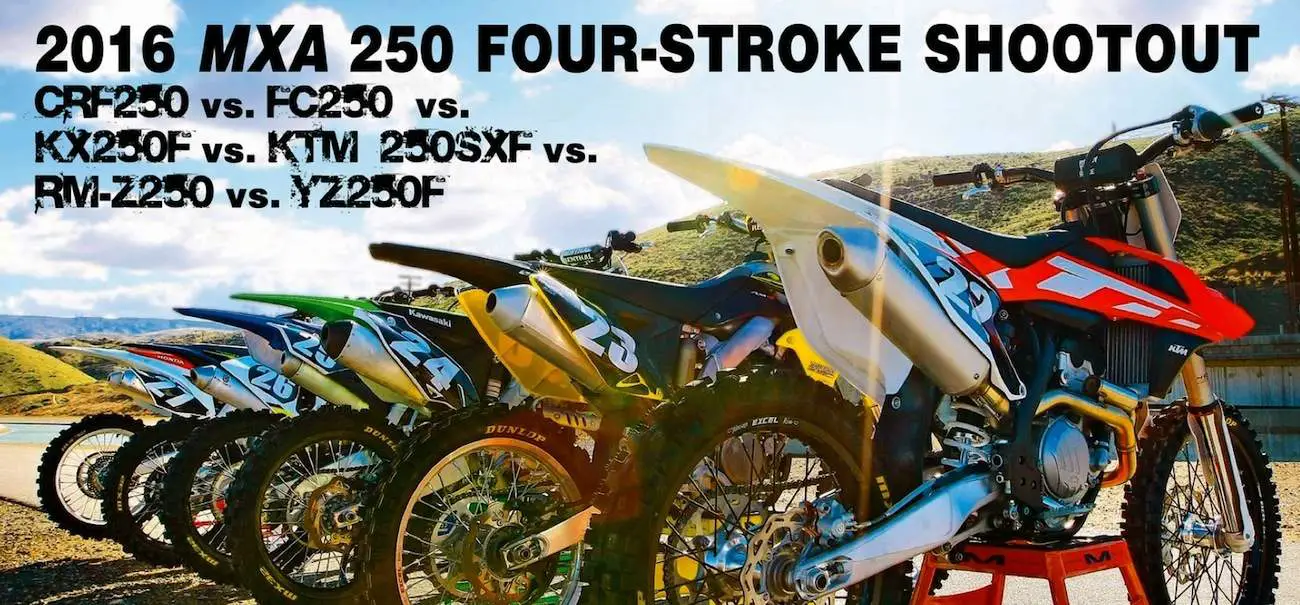
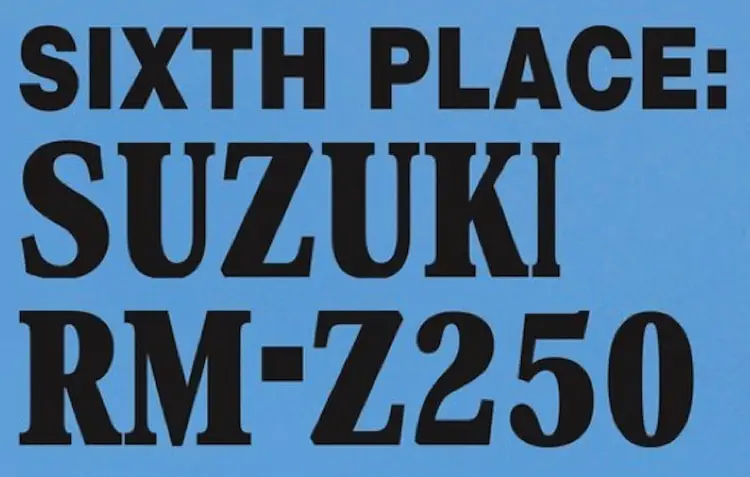
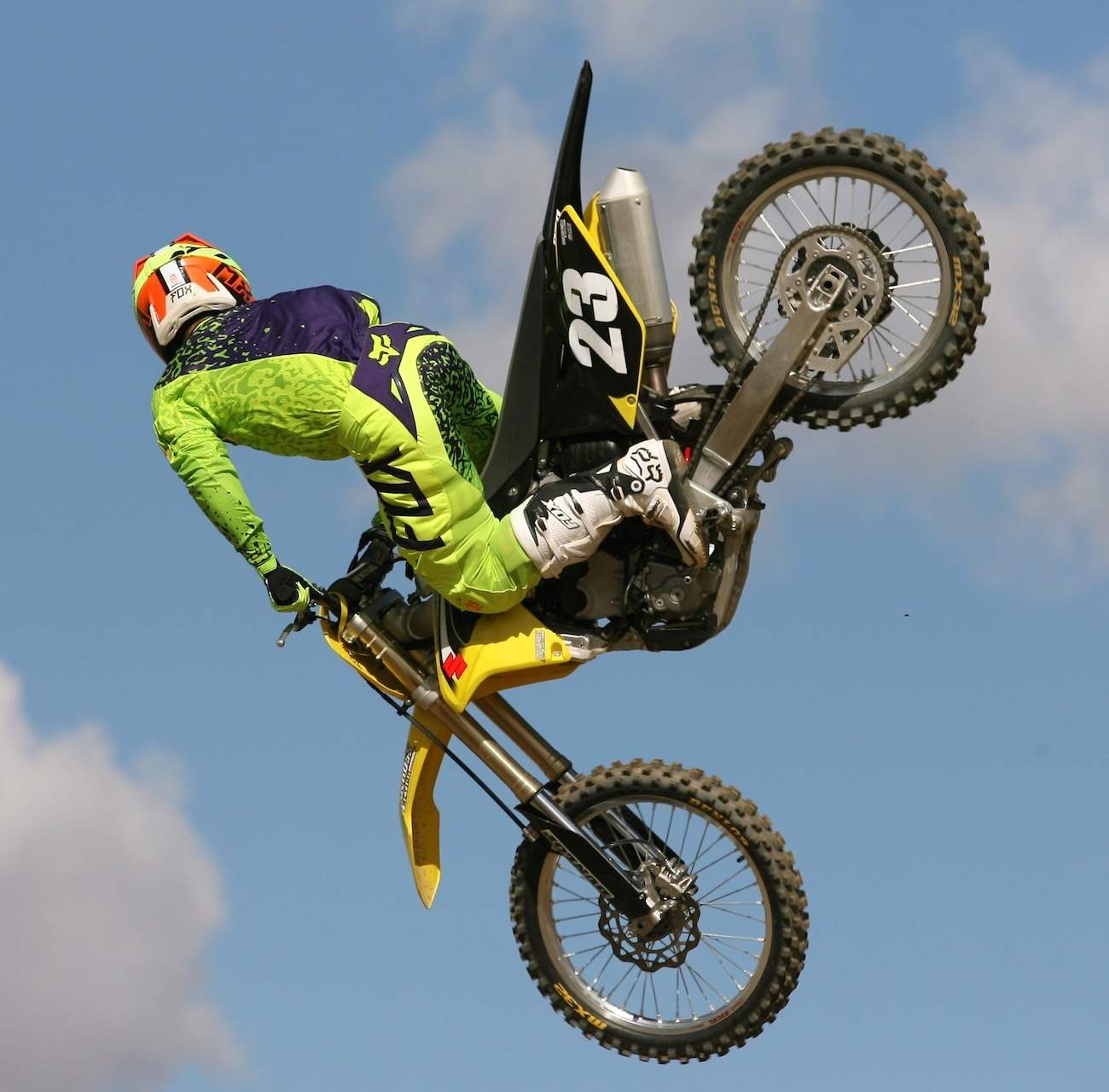
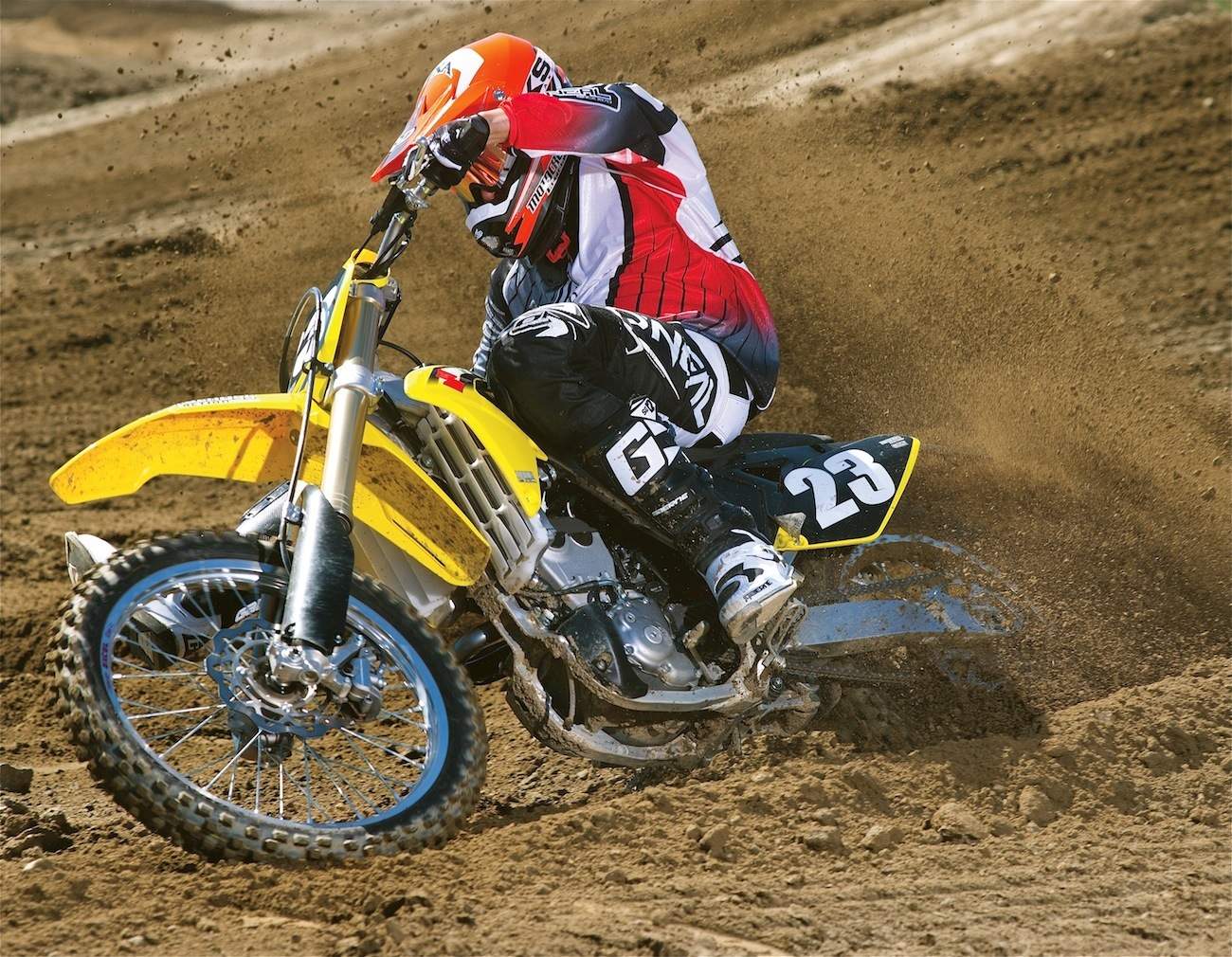


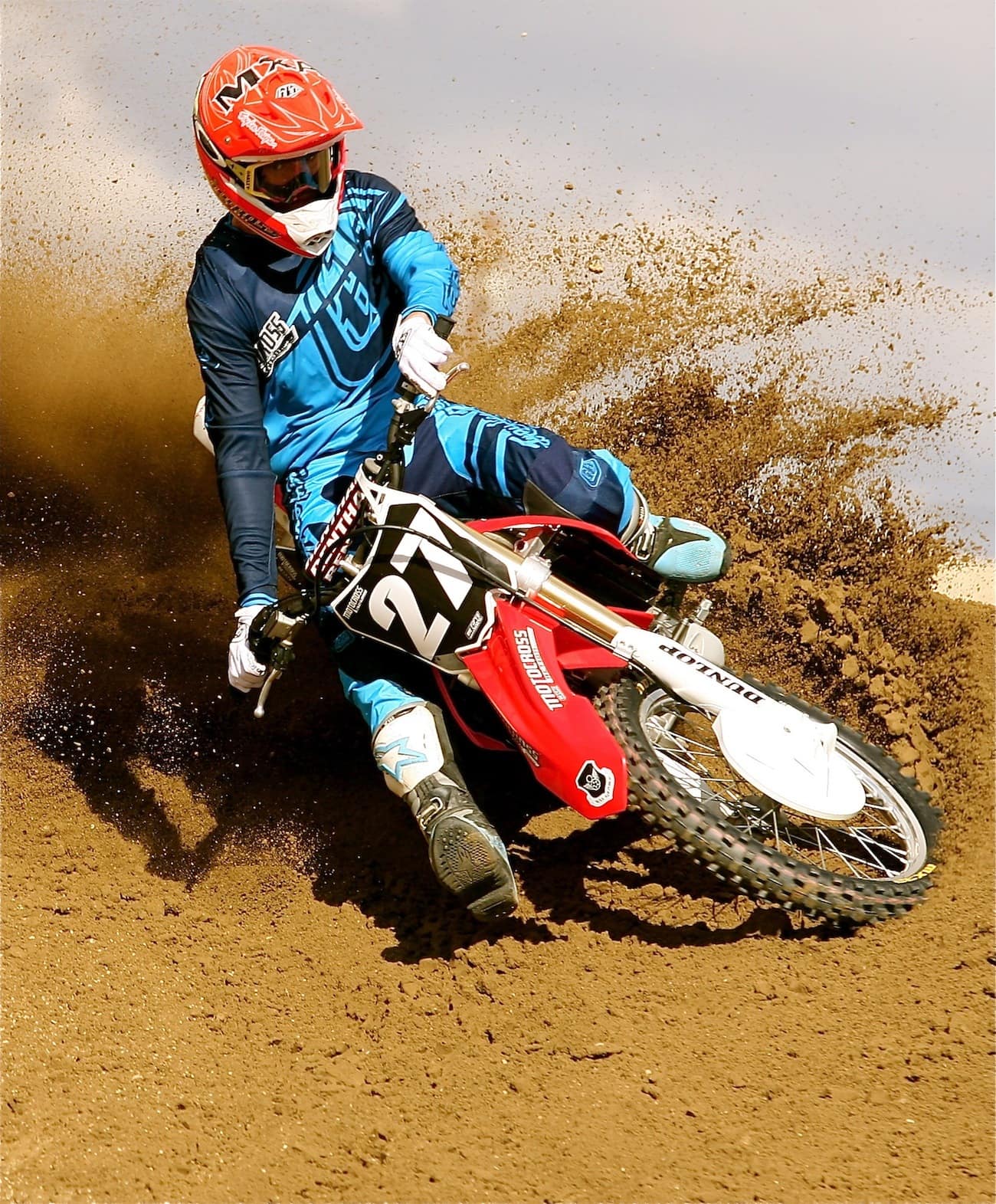
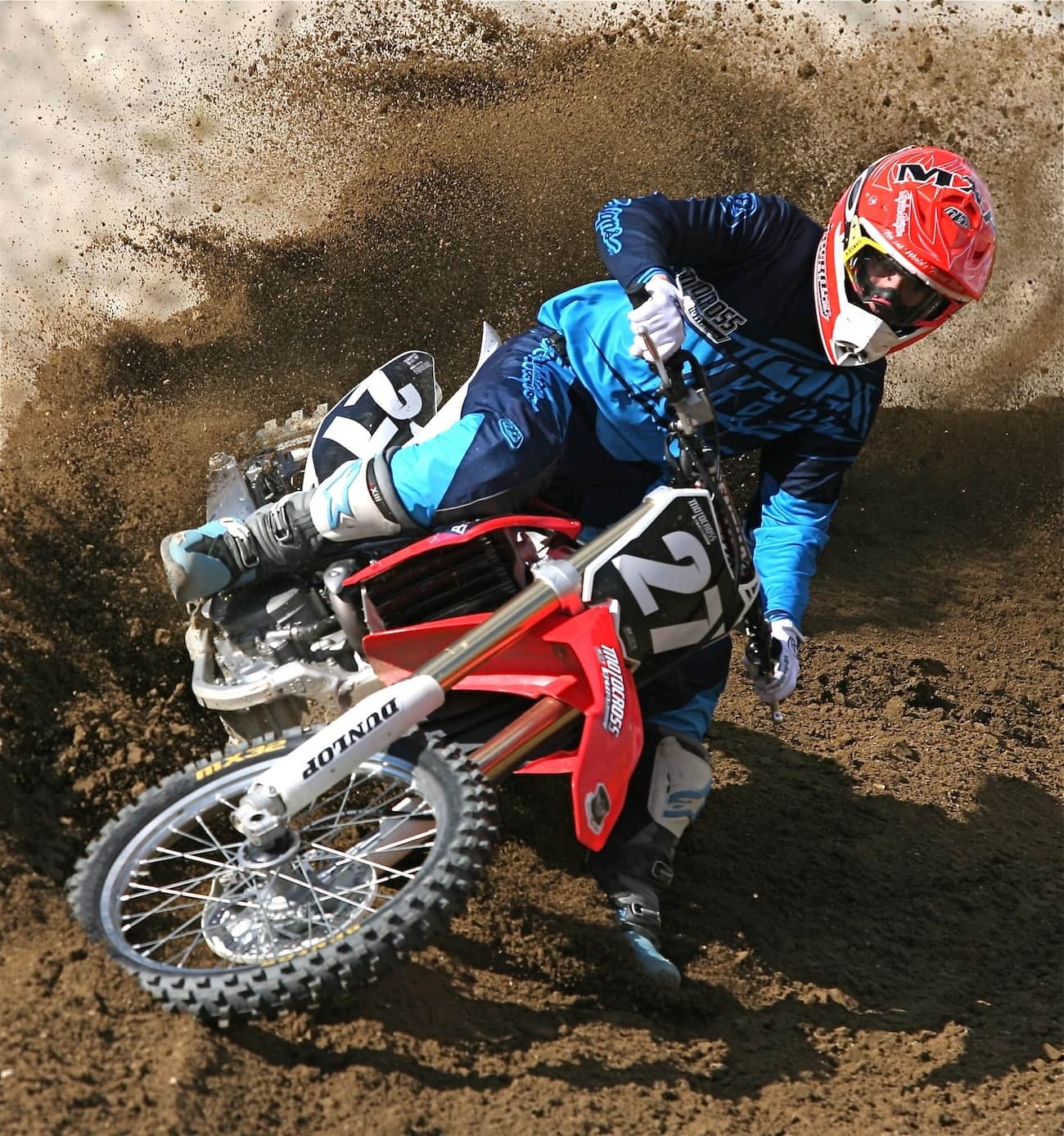

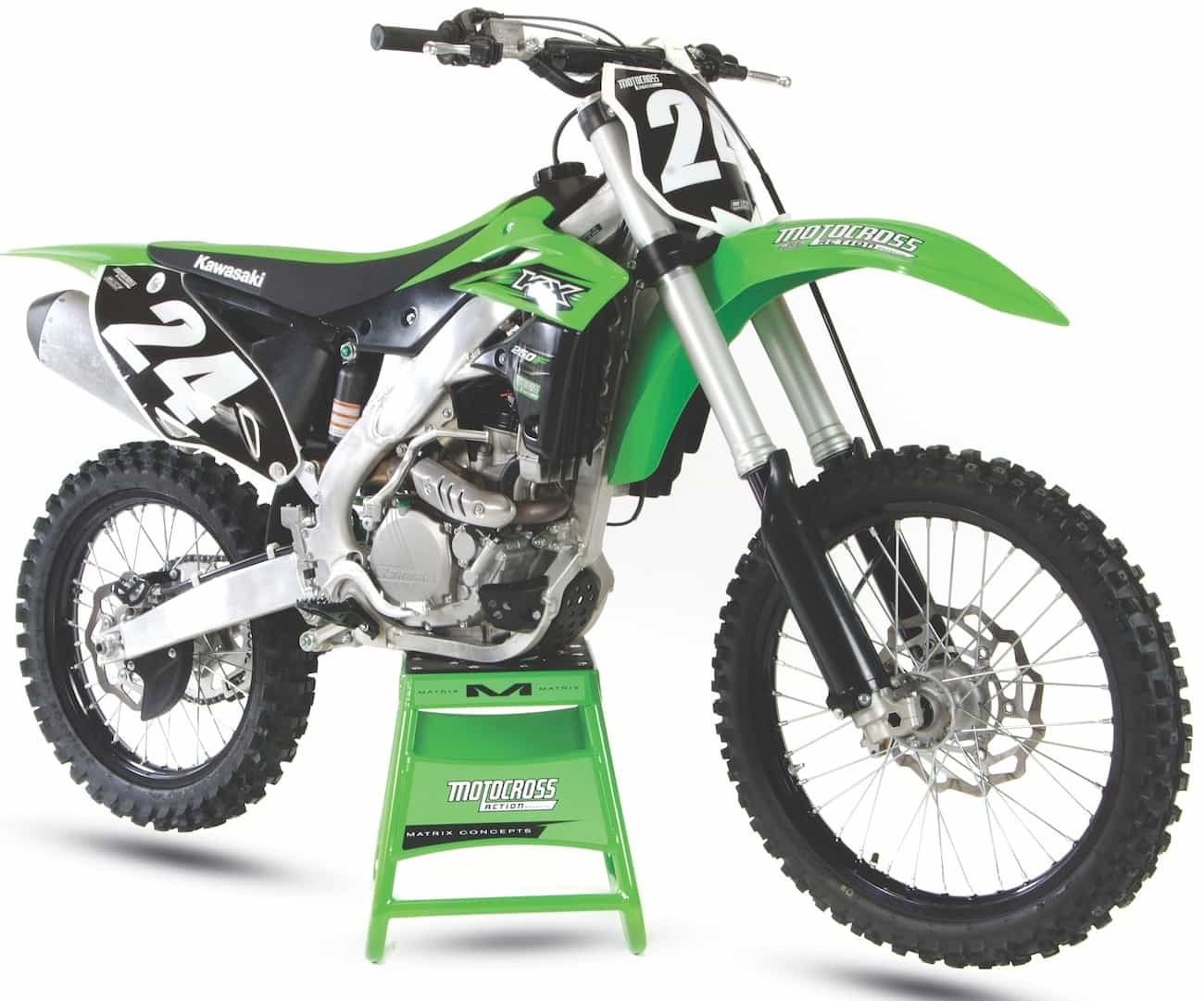
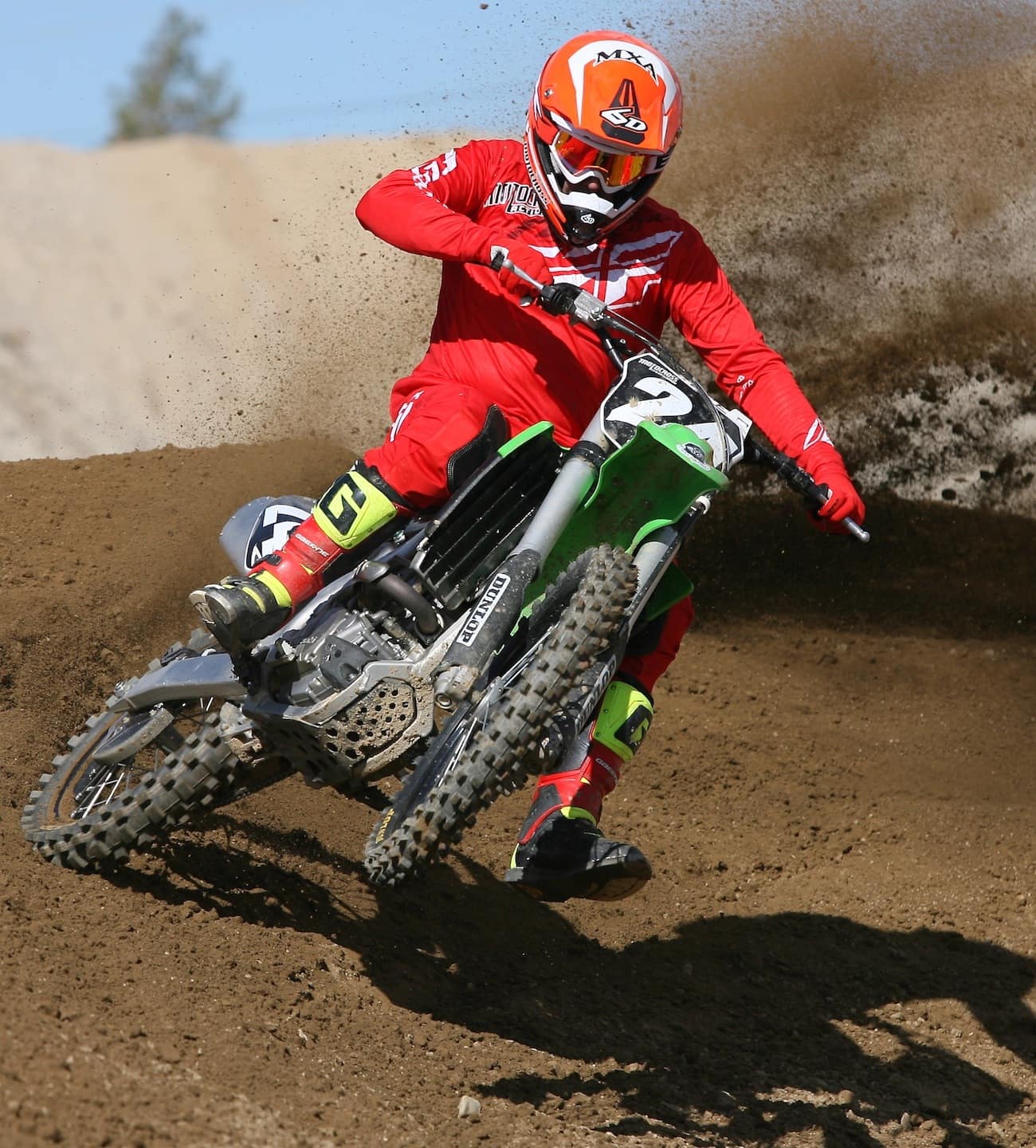
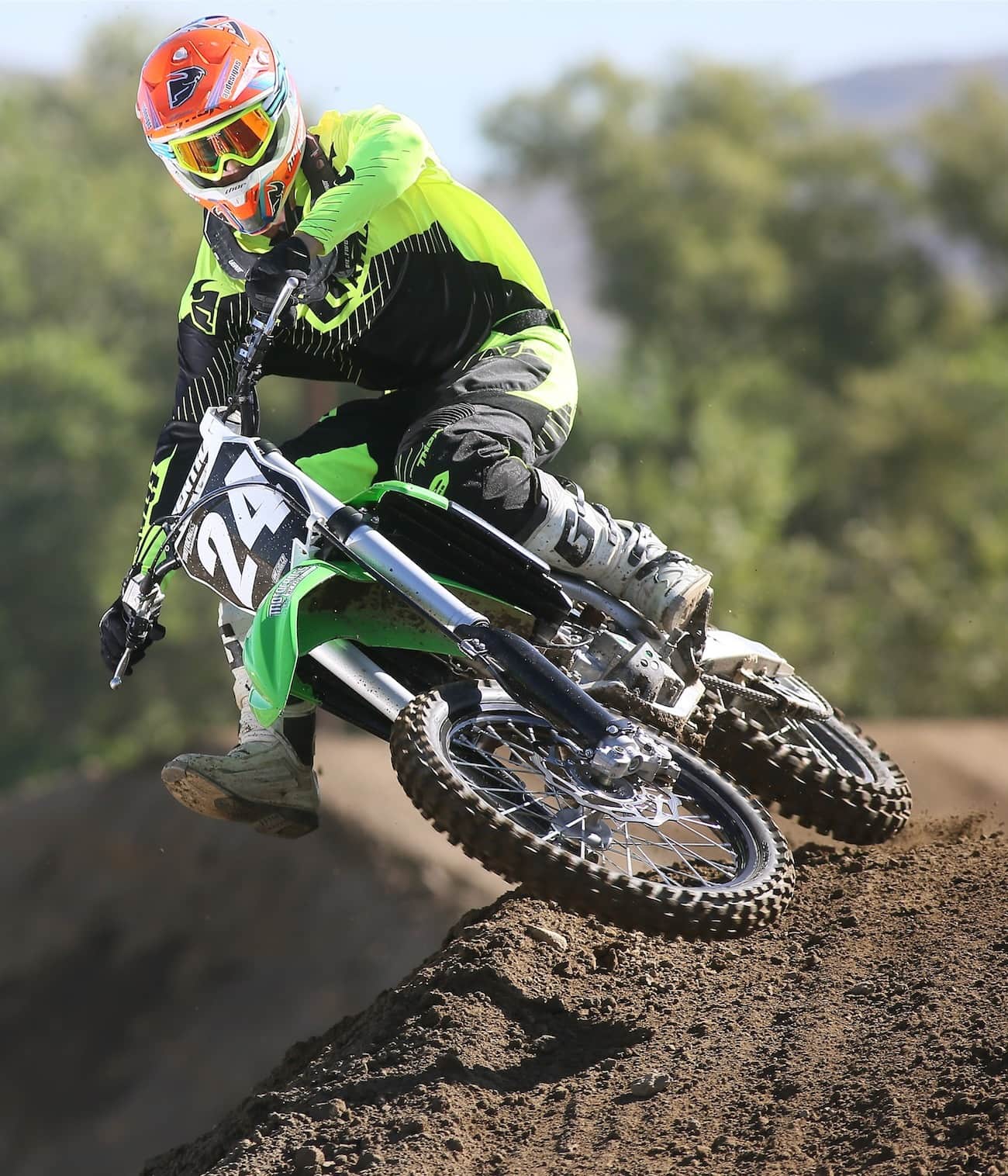

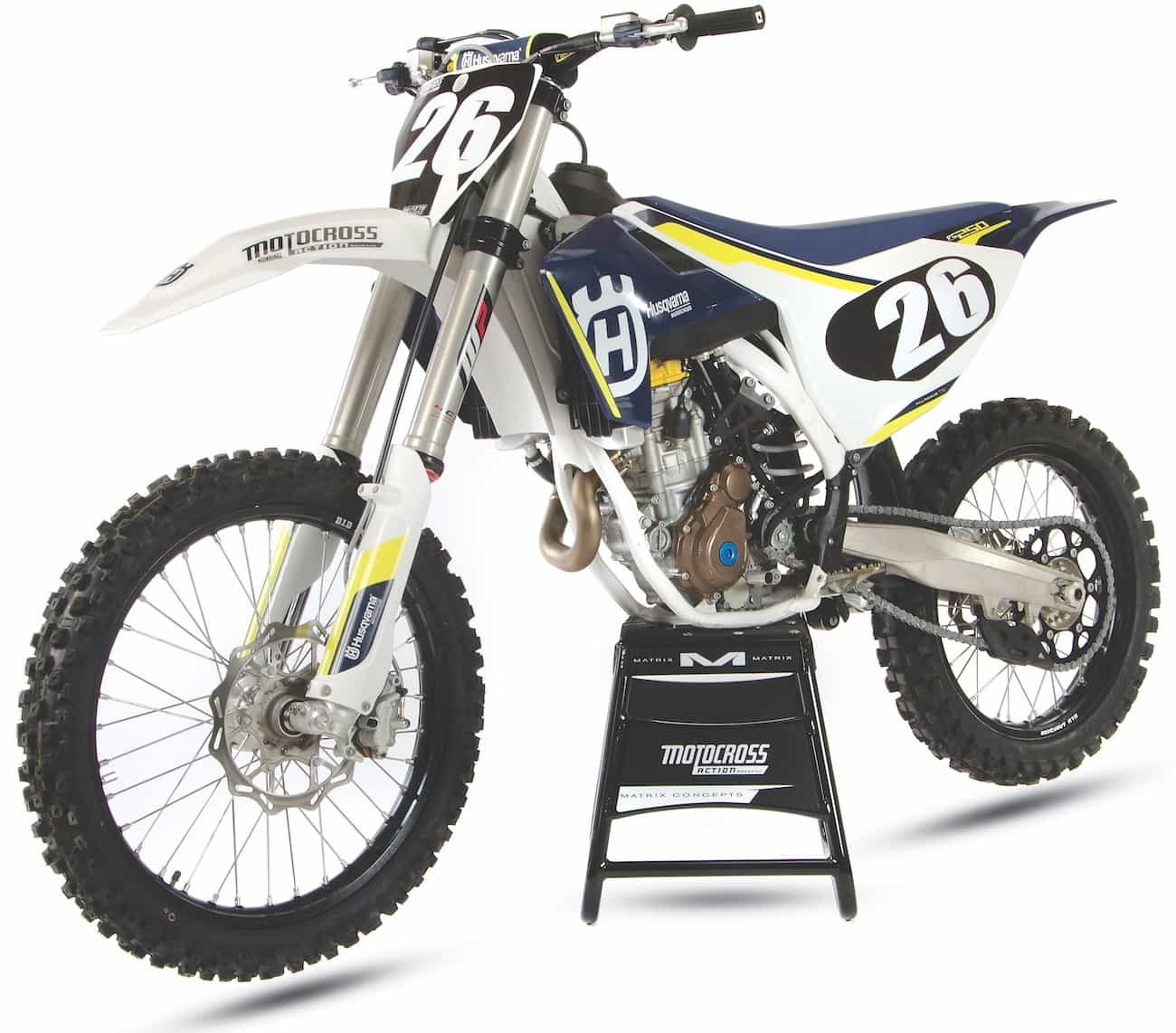

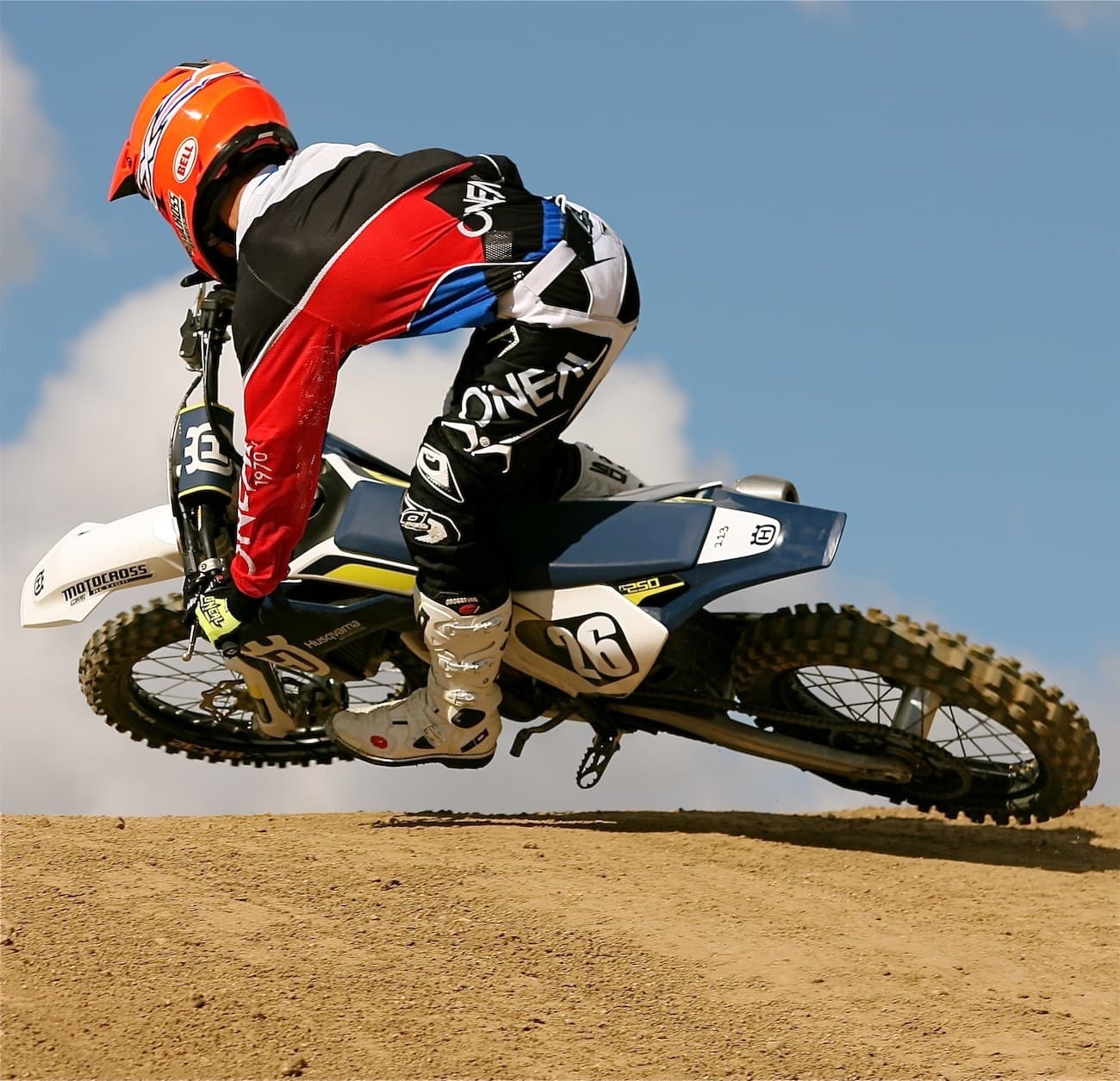
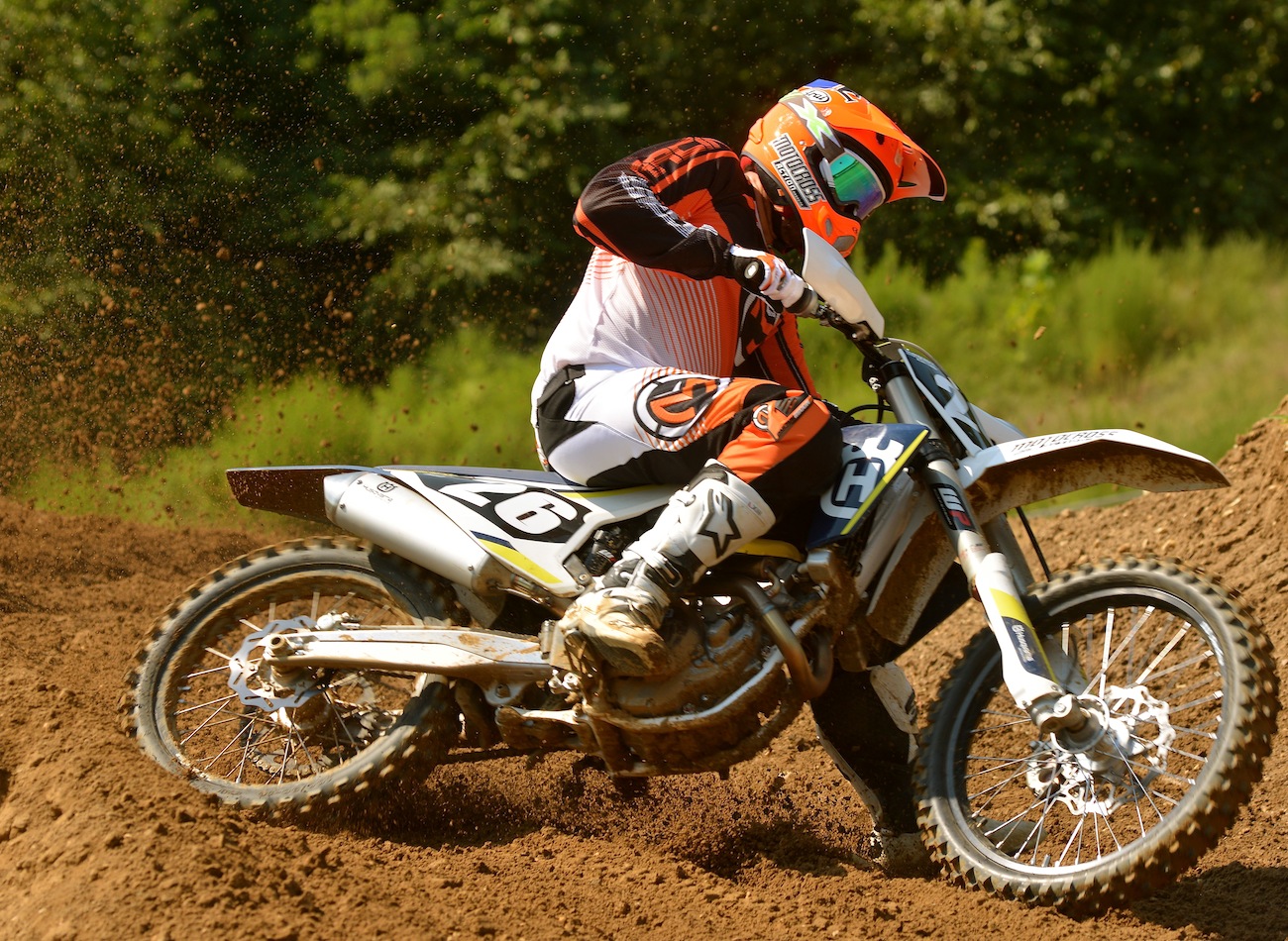

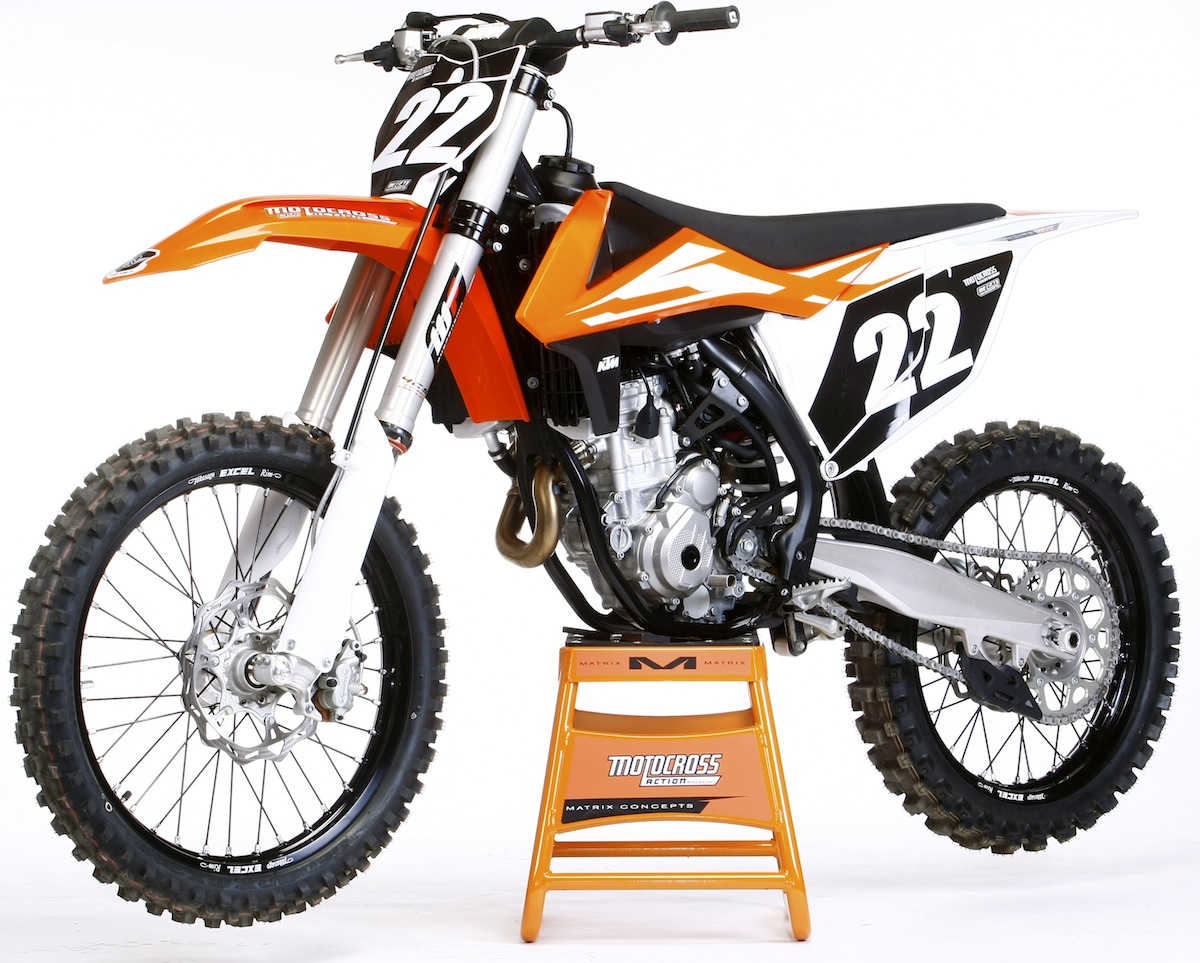
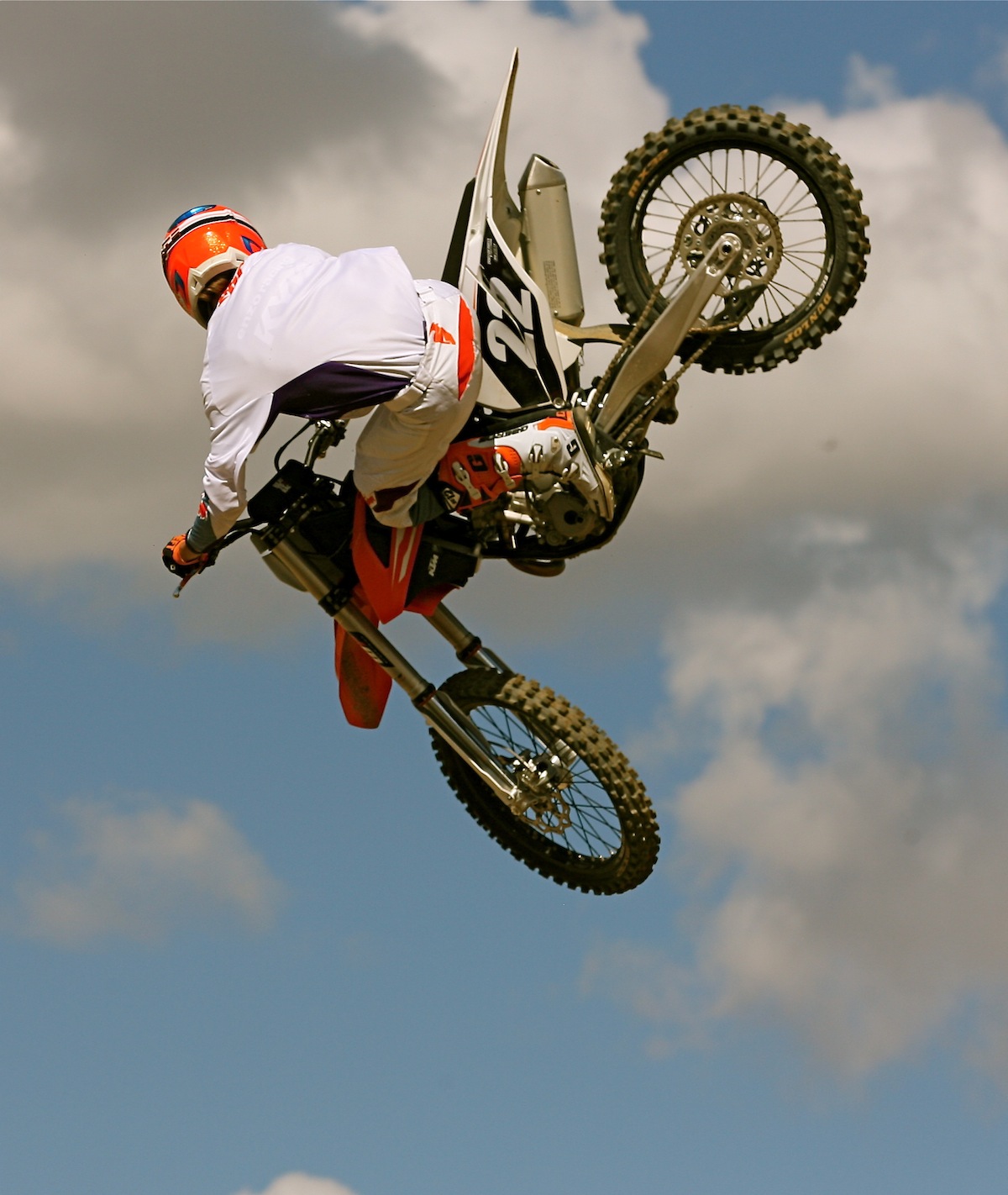
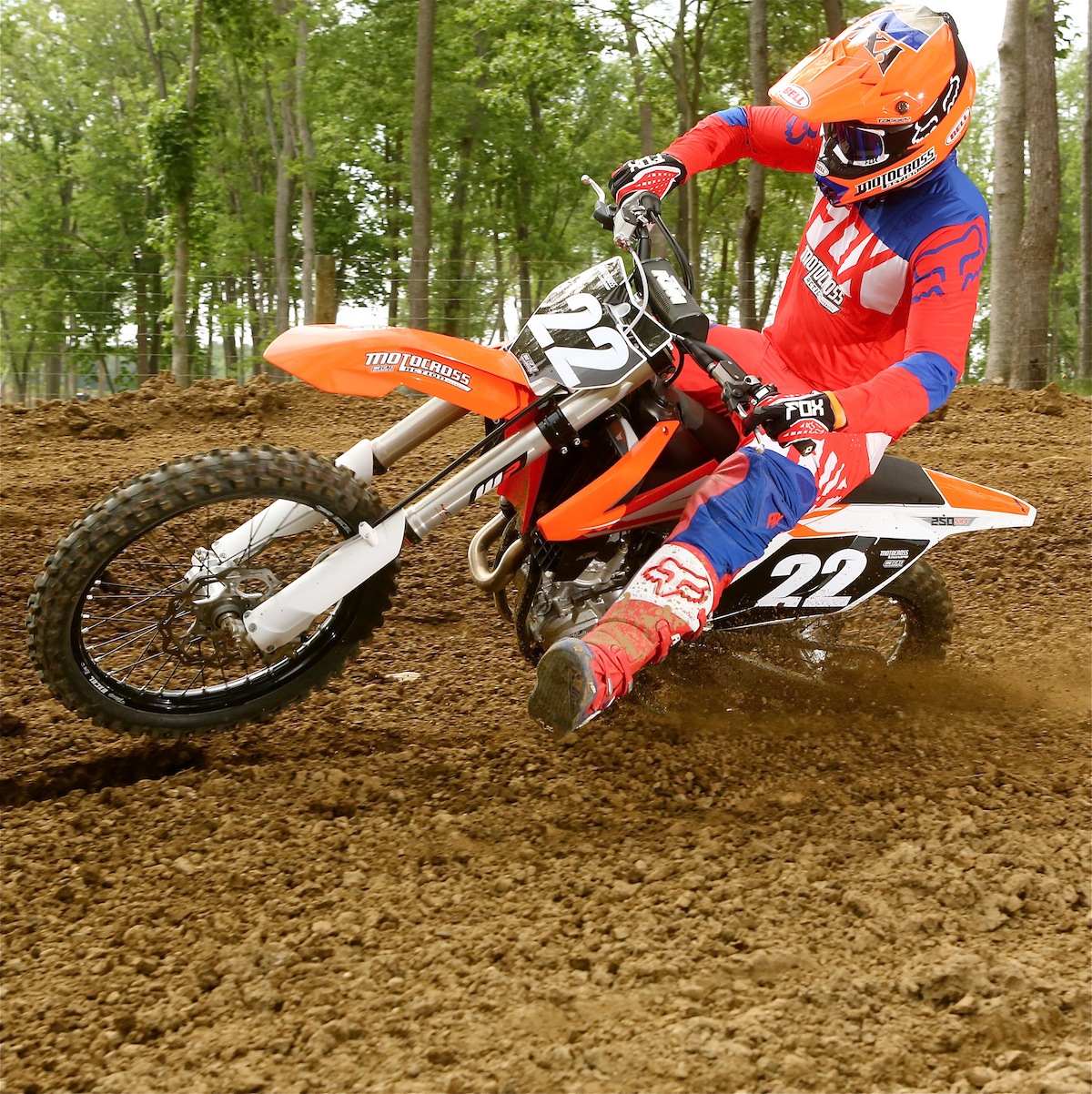

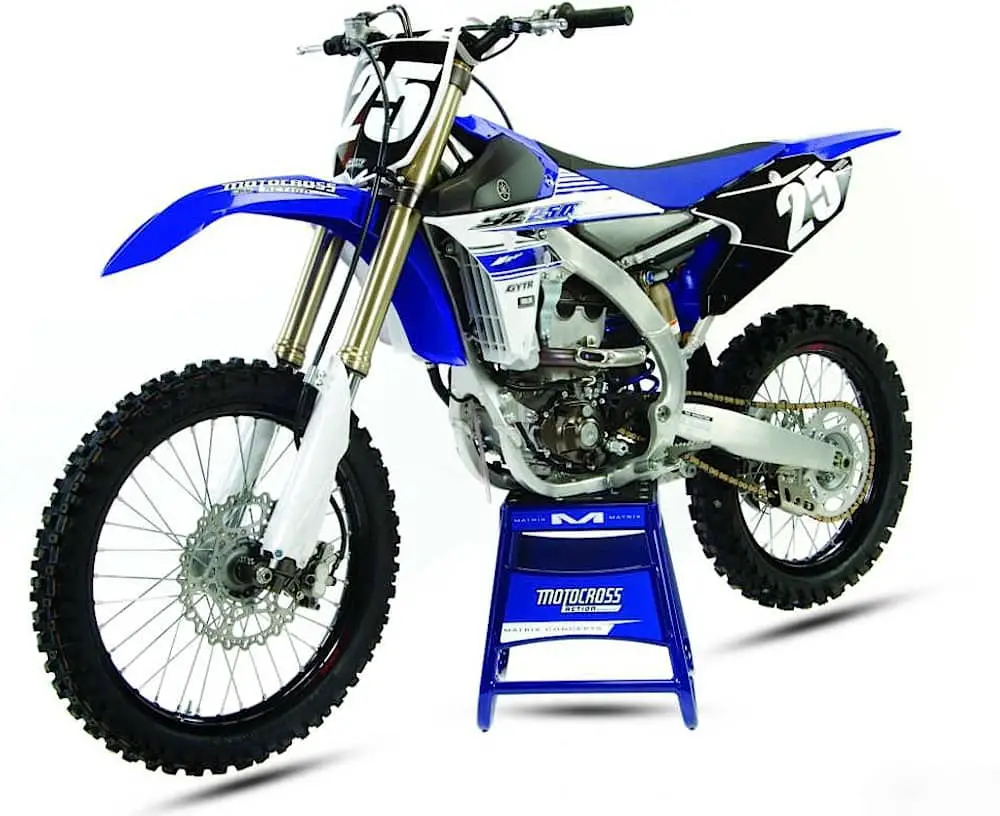


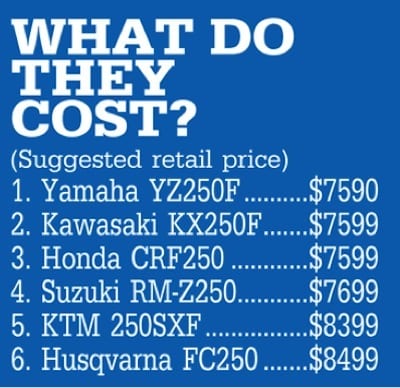
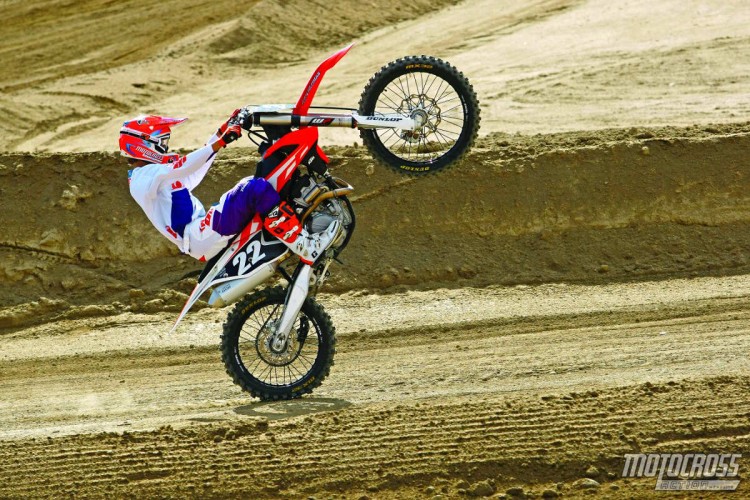
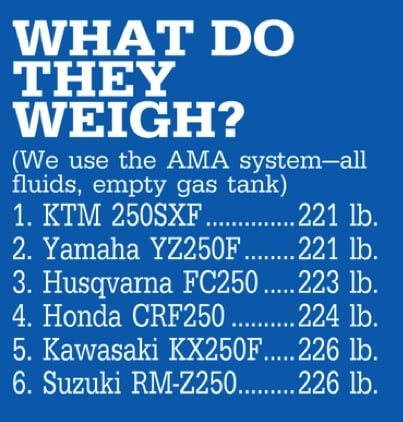
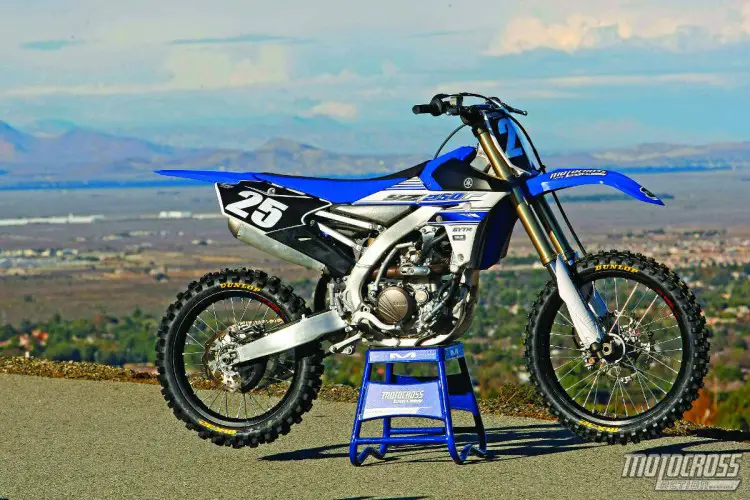
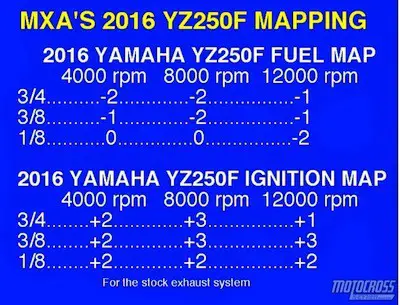
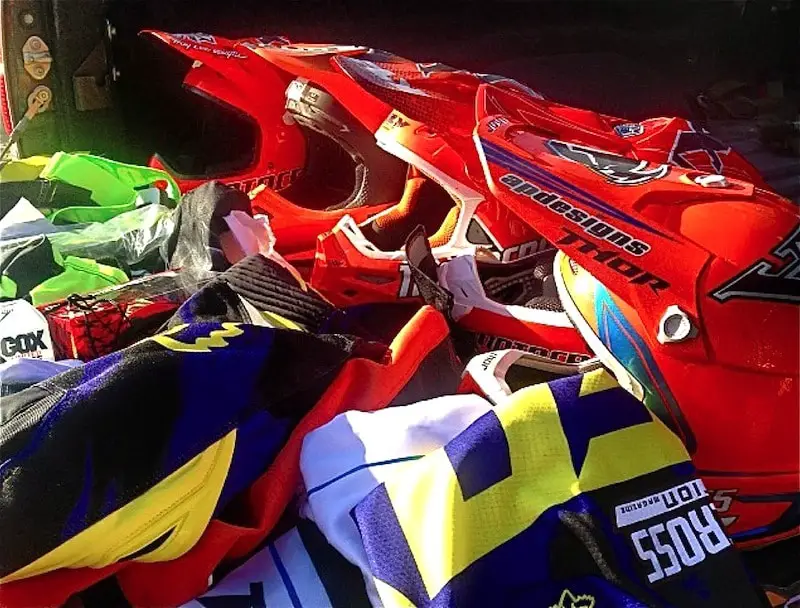
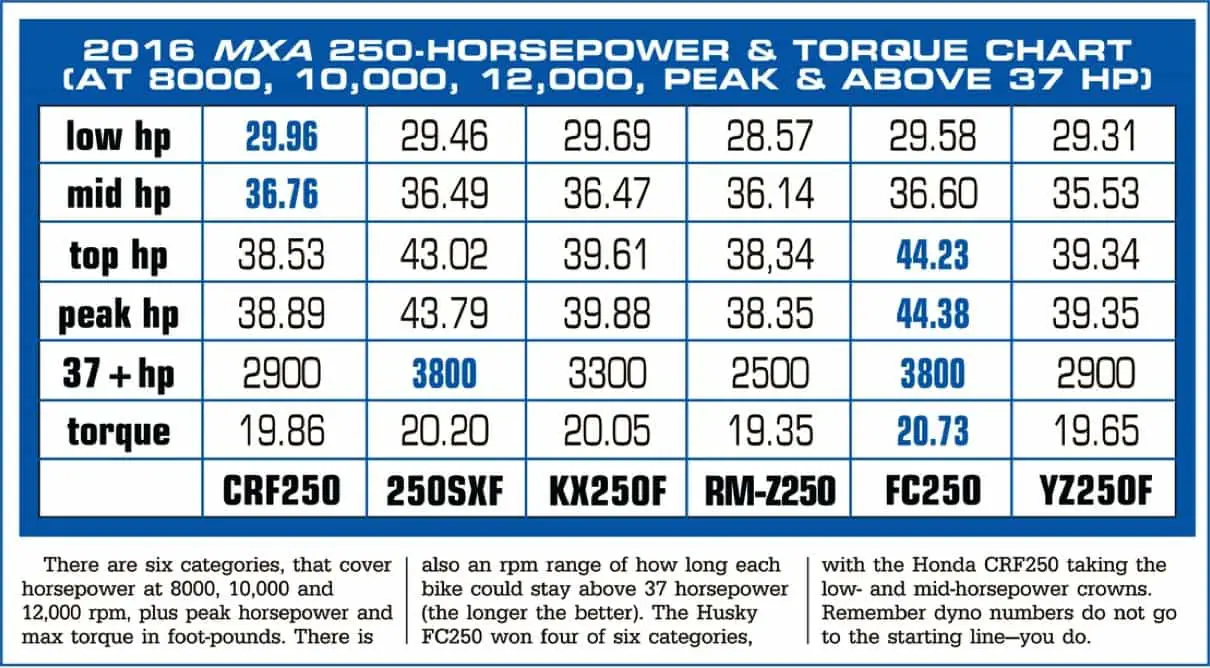
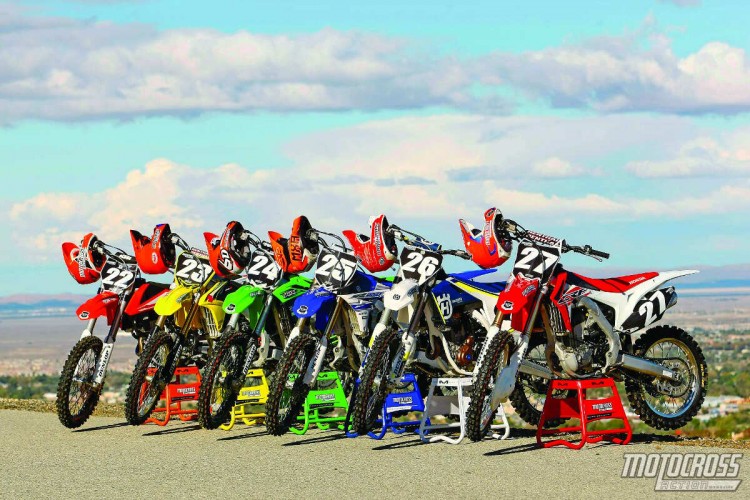




Comments are closed.